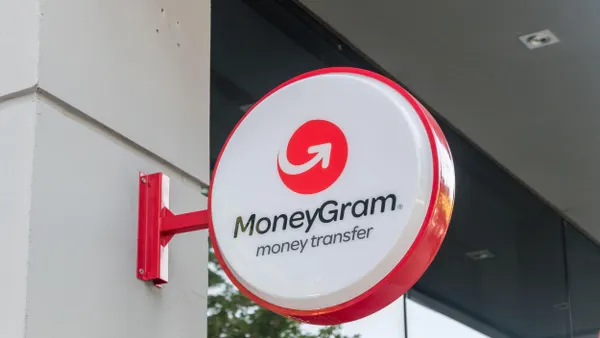The special credit facility the Federal Reserve launched earlier this week to help ensure a market for commercial loans should go a long way to reassuring CFOs short-term debt will remain an option for the foreseeable future. But the new facility won’t be of much help to smaller businesses, and that can come back to hurt even larger companies that can take advantage of the credit facility.
"Smaller companies that don’t have a credit rating, or don’t normally issue in this market, don’t have that backstop" open to larger companies, Rodney Ramcharan, a former Federal Reserve economist who is now a professor at the University of Southern California, told The Wall Street Journal in an interview.
Ramcharan said this could ultimately prove to be a negative even beyond the impact on small businesses to the extent larger companies rely on these smaller companies as part of their model. For example, if a larger company relies on small companies as part of its supply chain, what will happen if the smaller companies can’t get access to short-term capital and they go under?
"If I’m doing business with these guys, and there’s no policy that’s put in place to help them, then I know I’m going to get hurt badly at some point," said Ramcharan.
The Fed’s new credit facility, called the commercial paper funding facility, is intended to help companies that are being hit hard by the novel coronavirus outbreak by providing a liquidity backstop. The facility will purchase unsecured and asset-backed commercial paper rated at least A1/P1 (investment grade, prime).
The facility is part of a range of actions the Fed has taken in recent weeks to help ensure capital availability while companies navigate the uncertain business climate in the months ahead.
Companies in travel and energy, for example, which are reeling from travel restrictions, are prime candidates for the facility. Under ordinary circumstances, they would make efficient use of their cash by paying for short-term costs like payroll by issuing commercial paper. Since the outbreak, though, they’re finding it hard to attract investors to their paper because of the risk they pose now that their business is curtailed.
"If I’m a CFO of a big company, and I have to access the commercial paper market, then this reassures me that I don’t have to go out and search for another source of short-term funding," Gus Faucher, chief economist at PNC Financial Services Group, told the Journal. "That removes one concern. I can be assured that I can continue to access the commercial paper market, or if I have debt that is maturing in the commercial paper market, that I can roll it over. That is a huge deal. That is a huge reassurance."
The facility is of little help to smaller companies, though, because they’re not typically issuers of commercial paper. That’s because short-term commercial loans aren’t affordable to companies that are too small to be credit-rated, or, if they are, to have a high enough rating to get access to the best rates.
Not being able to tap this low-cost source of debt to meet payroll and other costs while their business is in the tank leaves them vulnerable to bankruptcy. That can be bad for the big companies using their services.












